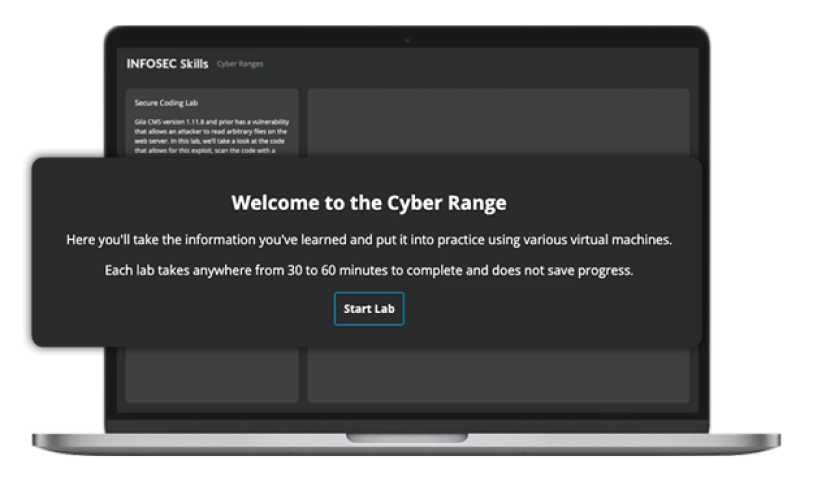
Vulnerability Assessment Learning Path
8 hours, 31 minutes
Quick facts
About this learning path
-
courses
100% online
-
Duration
8 hours, 31 minutes
-
Assessment
questions
About Vulnerability Assessment
What is the difference between doing a vulnerability assessment for a fitness tracker and an internet-connected pacemaker? Quite significant! Simple scanning may be sufficient in some cases, but others require a deeper look. In this path, you'll learn a variety of ways to discover vulnerabilities, classify and prioritize vulnerabilities based on real-world criticality measures, define the actual risk of the vulnerabilities, create and execute an actionable remediation plan, and document and maintain a vulnerability assessment. Finally, you'll learn some key security controls that don't target specific vulnerabilities, but enhance the overall security of your system.
Syllabus
Vulnerability Assessment Skill Assessment
Assessment - 42 questions
Vulnerability Management in a Nutshell
Course - 00:32:00
Vulnerability Discovery
Course - 01:47:00
Vulnerability Classification
Course - 00:39:00
Prioritization and Risk Assessment
Course - 01:11:00
Vulnerability Assessment Documentation and Maintenance
Course - 00:43:00
Remediation and Mitigation
Course - 00:55:00
Key Security Controls
Course - 01:19:00
The details
Learning path insights
How to claim CPEs
Should you complete this learning path, you’ll be able to download a certificate of completion. Use this to claim your CPEs or CPUs.
Associated NICE Work Roles
All Infosec training maps directly to the NICE Workforce Framework for Cybersecurity to guide you from beginner to expert across 52 Work Roles.
- All-Source Analyst
- Mission Assessment Specialist
- Exploitation Analyst
No software. No set up. Unlimited access.
Skip the server racks and spin up a realistic environment with one click. Infosec Skills cyber ranges require no additional software, hardware or server space so your team can spend less time configuring environments and more time learning. Unlimited cyber range access is included in every Infosec Skills subscription so your team can skill up however they learn best.

Unlock 7 days of free training
- 1,400+ hands-on courses and labs
- Certification practice exams
- Skill assessments
Plans & pricing
Infosec Skills Personal
$299 / year
- 190+ role-guided learning paths (e.g., Ethical Hacking, Threat Hunting)
- 100s of hands-on labs in cloud-hosted cyber ranges
- Custom certification practice exams (e.g., CISSP, Security+)
- Skill assessments
- Infosec peer community support
Infosec Skills Teams
$799 per license / year
- Team administration and reporting
- Dedicated client success manager
-
Single sign-on (SSO)
Easily authenticate and manage your learners by connecting to any identity provider that supports the SAML 2.0 standard.
-
Integrations via API
Retrieve training performance and engagement metrics and integrate learner data into your existing LMS or HRS.
- 190+ role-guided learning paths and assessments (e.g., Incident Response)
- 100s of hands-on labs in cloud-hosted cyber ranges
- Create and assign custom learning paths
- Custom certification practice exams (e.g., CISSP, CISA)
- Optional upgrade: Guarantee team certification with live boot camps

